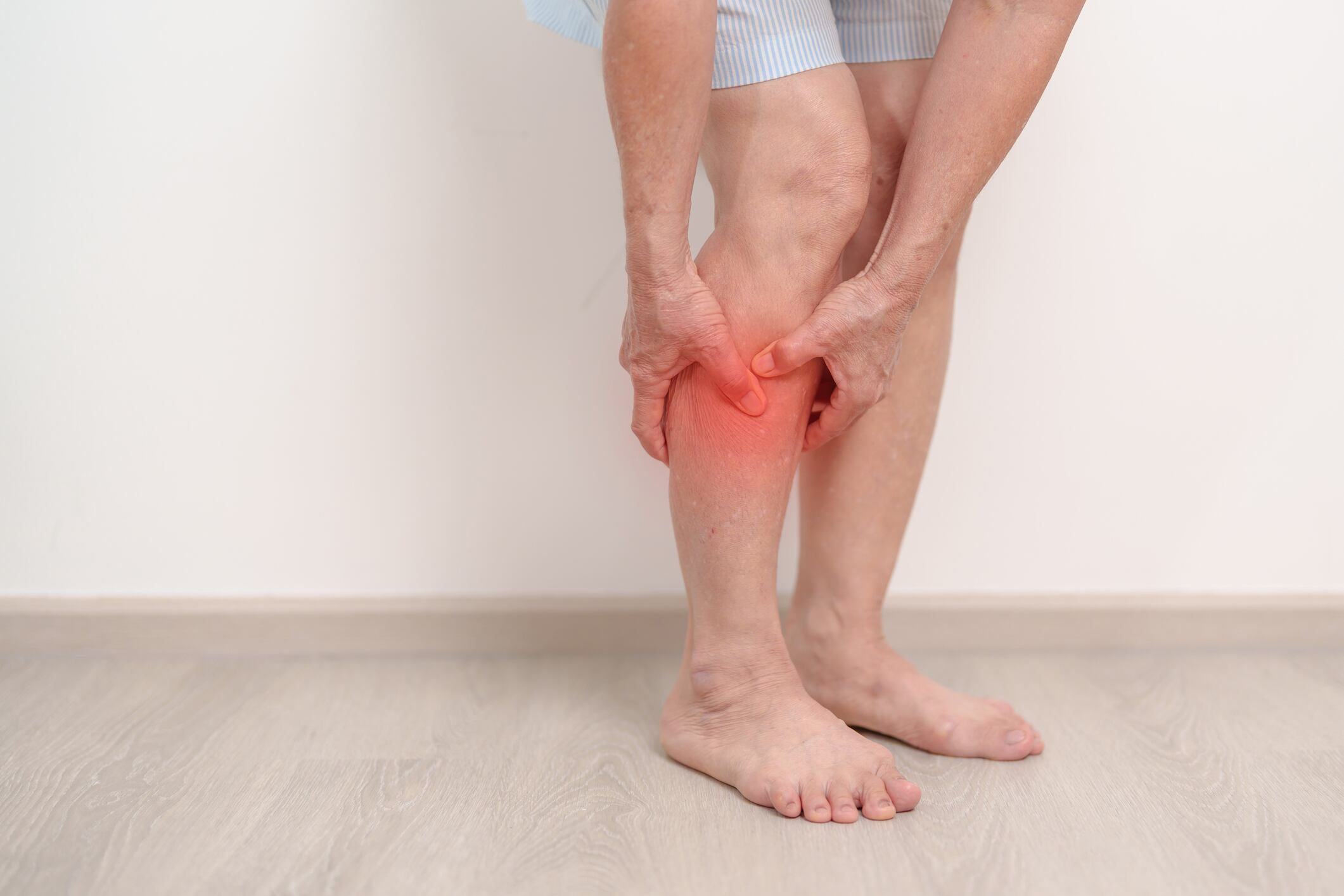Data published in the American Journal of Clinical Nutrition indicated that people with the highest average levels of omega-3s had a 28% lower risk of venous thromboembolism (VTE) compared to those with the lowest average levels.
“Our findings of an inverse relationship between serum n–3 PUFAs concentrations and risk of future VTE, along with similar findings in two case-control studies and one large population-based study, indicate a protective role of dietary intake of n–3 PUFAs on VTE risk,” wrote scientists affiliated with academic institutions in Sweden, Norway and the UK.
“This notion is supported by accumulating evidence for antithrombotic properties of n–3 PUFAs, such as mitigation of thrombin generation, platelet function, platelet-vessel wall interaction and endogenous coagulation activation, assessed by plasma D-dimer concentrations, all of which are implicated in the pathogenesis of VTE.”
A growing issue
Venous thromboembolism is reported to affect approximately 10 million people every year around the world.
“The rate of VTE has increased in recent decades, and VTE is a major health care challenge due to long-term complications, hospitalizations, comorbidities and a high mortality rate,” the researchers explained.
Commenting independently, Harry Rice, PhD, vice president of regulatory and scientific affairs for the Global Organization for EPA and DHA Omega-3s (GOED), told NI: “This article couldn’t be timelier, especially with much of the industry heading to Las Vegas next week for SupplySide Global. Air travel often involves extended periods of immobility, which can elevate the risk of venous thromboembolism, particularly deep vein thrombosis.
“The findings presented here suggest that individuals who maintain high serum omega-3 levels—through regular consumption of fatty fish and supplementation—may be at significantly lower risk of in-flight blood clots. Of course, staying hydrated and moving periodically during flights remains essential, but this research adds yet another compelling reason to prioritize omega-3s in a daily wellness regimen.”
Study details
The data to date on whether omega-3s can impact the risk of VTE has been inconsistent. The new study used data from the third survey of the Trøndelag Health Study, which included 17,087 individuals aged 20 and older. Omega-3 levels were measured via blood draw between 2006 and 2008 and the participants then followed over time.
Over an average of 12 years, the researchers documented 340 VTE events. Crunching the numbers showed that people with the highest omega-3 concentrations (greater than or equal to 0.81 mmol/liter) had a 28% lower risk of VTE, compared to people with the lowest levels (less than 0.56 mmol/L).
The reduction in risk was even more pronounced for DVT, where people in the highest omega-3 group had a 39% reduction, compared to those in the lowest group.
“Our findings suggest that high serum n–3 PUFA concentrations are protective against risk of future VTE,” the researchers wrote. “Although the costs incurred might be prohibitive, randomized controlled studies assessing dietary interventions with n–3 PUFAs on incident or recurrent VTE are needed to prove causality.
“Our results contribute to the growing evidence of a protective effect of dietary intake of n–3 PUFAs on VTE risk and should be included in the evidence base for future nutritional guidelines and advice.”
Filling knowledge gaps
In an accompanying editorial, Christian Bork from Aalborg University in Denmark called the study “highly welcome.”
“We are still sailing in a sea of uncertainty when it comes to the role of ω-3 fatty acids for the development of VTE, but the study by Johansson et al. contributes to fill the gap in the literature, and their findings certainly spur new questions for further research,” he wrote. “In particular, investigation of the individual ω-3 fatty acids using longer-term biomarkers than serum such as content in erythrocytes or preferred adipose tissue, mechanistic studies, and ultimately clinical trials may close the scientific gaps, which is the salt of scientific research.”
Sources:
Study: The American Journal of Clinical Nutrition. doi: 10.1016/j.ajcnut.2025.08.008. “High concentrations of polyunsaturated n–3 fatty acids in serum are inversely associated with risk of future incident venous thromboembolism – the HUNT cohort study”. Authors: M. Johansson, et al.
Editorial: The American Journal of Clinical Nutrition. doi: 10.1016/j.ajcnut.2025.09.015. “Can ω-3 fatty acids prevent venous thromboembolism?”. Author: C. Bork




